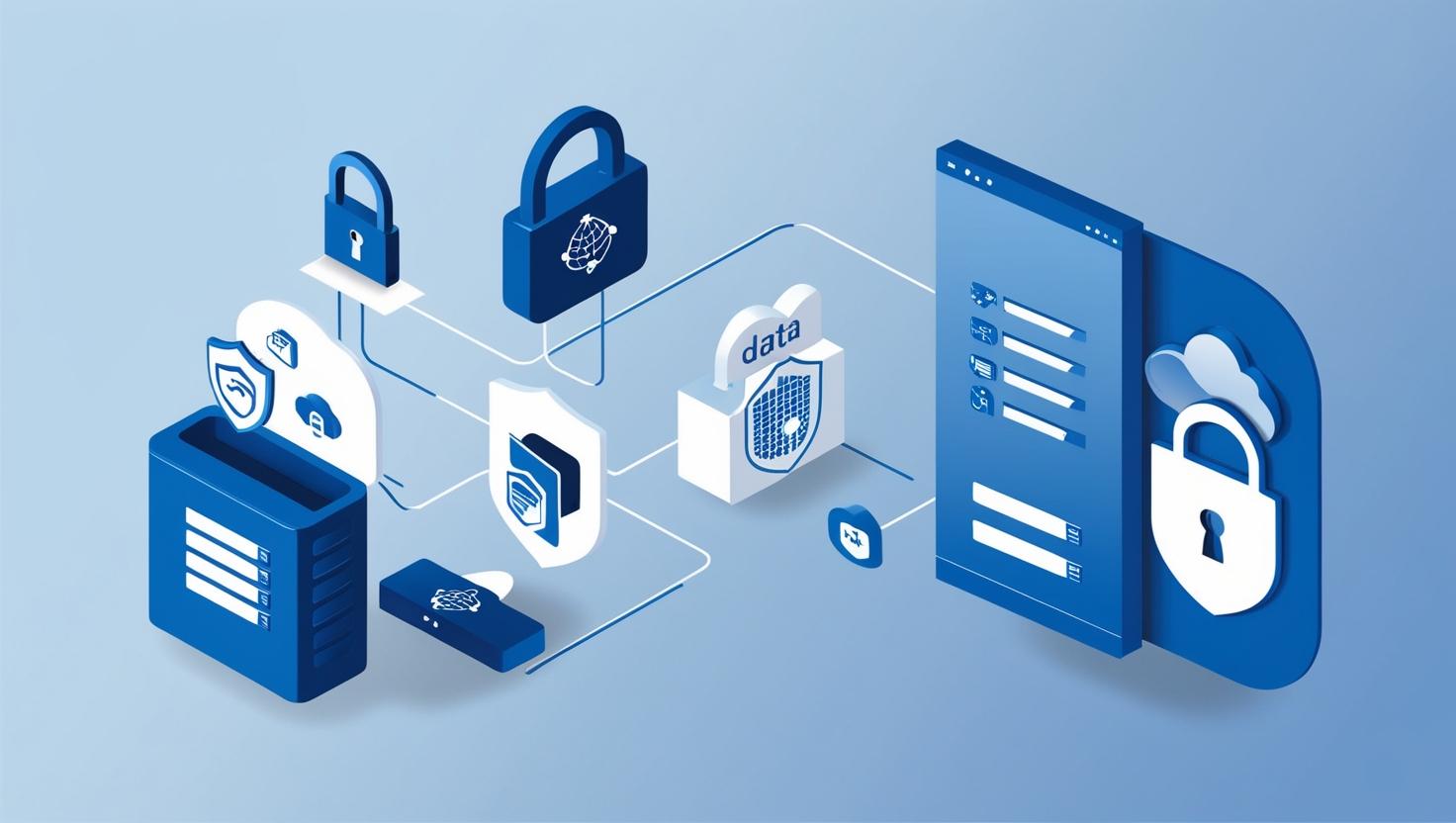Data Migration Testing: Ensuring Quality in Core Banking System Upgrades

- April 7, 2025
- Malaika Saeed
Banking system upgrades are a necessary aspect of keeping up with changing times and offering users the features they need. The problem is that banks handle a massive amount of data that has to be protected. Since 25% of hackers go directly after private institutions, having a sound protective veil is essential.Data migration testing is an essential part of ensuring the upgrade part goes down without a hitch. With proper application testing services, banks can avoid different issues.
This includes data corruption, system incompatibility, and missing transactions. This can reduce customer dissatisfaction as financial discrepancies are kept to a minimum.
Why Do Banks Consider Data Migration?
Banks consider data migration for various functional reasons. This includes technological upgrades, system consolidations, and more. Below are some of the most common reasons for data migration.
- Transitioning to Different Platforms
Many banks still rely on on-premise technology to handle data like hard drives and other limited technologies. Nowadays, more and more banks see the potential of moving onto a cloud system because of its accessibility and scalability. That said, many shy away due to the security challenges it comes with. Someone can easily make a mistake if the quality assurance is not thorough.
- Upgrading Their System
Banks have to keep up with technological upgrades so they can meet the demands of consumers. Good examples include AI-driven data analysis, mobile banking, or the implementation of fancier security systems. Testing is necessary to ensure data is maintained safely while disruptions are kept to a minimum.
- Consolidating in a Unified Control Plane
When it comes to larger financial institutions, data is scattered over numerous platforms. When not addressed, this prevents effective oversight, limiting certain users from enjoying full services. Using a software testing company for data migration testing can help create a unified control plane. With a good plan, it empowers a variety of end users. Mergers and acquisitions could also call for data migration needs. That’s because all the relevant information is under one umbrella.
Steps for Effective Data Migration Testing
Data migration testing involves various steps to ensure its safety and efficiency. This starts with planning and ends with different layers of testing, guaranteeing high performance with top-notch security. Here’s how a test automation company handles effective data migration testing:
- Pre-Migration Planning and Analysis
Test planning is very important before the actual data migration part takes place. This stage helps identify potential challenges and risks that could compromise data security. Testers will assess the quality of the data along with potential inconsistencies. This is done while outlining the full migration scope. Contingency plans are also set in place to fall back on in case anything goes wrong.
- Data Extraction Validation
The data that was just extracted now has to be checked for accuracy. Testers will check that the information is complete and meets industry standards of correctness. Data integrity has to be the same. Otherwise, it affects usability and functionality for potential users.
- Data Loading and Discrepancy Testing
Once the data has been validated, it is time to load it into the new system. Once it’s there, the migrated data goes through reconciliation and discrepancy testing. Manual verification and test automation services are used frequently to cross-check the info.
- Performance and Functional Testing
Next, banking systems have to be tested to make sure the migrated data supports real-world conditions. The first testing type they will do is functional testing, because this ensures core banking operations work as usual. Performance testing is done next, to make sure the system stays stable even at peak load. Processing speed has to either be the same or even better. Otherwise, this could affect customer satisfaction.
- Compliance and Security Testing
Last but perhaps most important, data migration testing should involve diligent security testing. Data encryption during migration should be top-notch. Penetration testing is also important to find potential vulnerabilities. The transferred data has to comply with regulations such as GDPR and other laws for the jurisdiction.
- Comprehensive Monitoring and Audits
Data migration testing does not stop with the mere transfer of information. Load testing services also have to check the data migration progress regularly by using audits. This makes sure that errors and potential discrepancies are caught from the early stages. The results of these audits can then be used for future reference to ensure regulatory compliance.
Best Practices for Quality Assurance in Migration Testing
Data migration testing has a standard format that testers are expected to follow. That said, for seamless operations, it is recommended to implement useful strategies. Below are some tips to maximize results and keep security issues to a minimum.
- Automate Whenever Possible
Manual data migration has long since been an ally, but it is not without faults. Validation is not only slow but also prone to human error. Considering the vast amounts of data, it is very easy to overlook info during the migration. A good tip would be to use automated reconciliation or AI-driven testing systems to improve coverage. This can reduce costs in the long run while speeding up the entire process. A test automation company like Kualitatem could prove helpful at this point.
- Have a Secure Backup Strategy
Data migration has a series of risks. You may take all the steps to ensure security and effectiveness, but no system is ever perfect. Sometimes, things can go wrong for the simplest reasons. This is why it is recommended to have a backup plan in place to recover potentially lost data. Consider storing copies of essential information in secure environments. Set up incremental backups while you are at it. Test the backup strategy periodically to ensure it stays relevant.
- Simulate the Migration First
You know how they say it is better to be safe than sorry, and performing dry runs could help protect your data in the long run. Use application testing services to simulate full-scale migrations, adding virtual data for security. This could help find potential mapping issues for the data while validating the system’s performance. Dry runs could help train your employees and testing team to handle the migration aftermath as well since they already know what to expect.
- Involve All Stakeholders from the Beginning
Migration is only successful if all teams collaborate from the earliest stages of the process. Involve compliance officers, IT departments, developers, project managers, and other stakeholders. You never know where good feedback could come from and involving them early on could help improve your testing strategy.
- Choose a Reliable Software Testing Company
No two software testing tools are the same, so make sure you choose a reliable company for testing services. They should have experience in working with financial systems and be able to offer advanced testing tools. For instance, tools such as Kualitee offer features to keep losses low or even nonexistent.
The Bottom Line
Data migration testing is essential to make sure the target information goes from point A to point B in one piece. Not only can it keep unauthorized personnel from accessing the info, but it also maintains data integrity. Ensure you have a good data migration strategy and a reliable tool to help you with this procedure.











